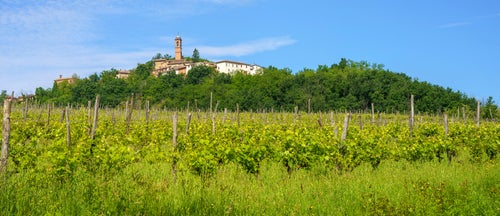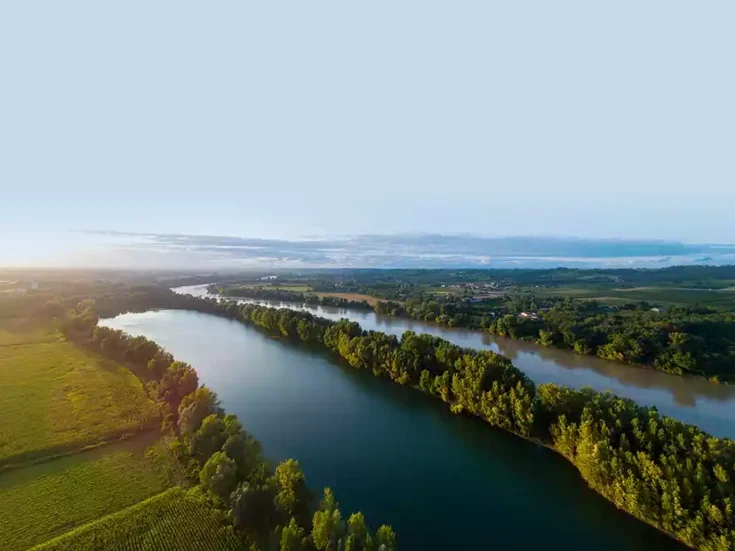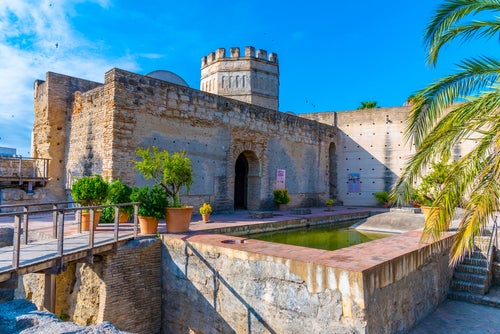
Jim Clarke travels to the Colli Tortonesi region of Piedmont, where he finds a resurgence of the local grape variety, Timorasso, is attracting interest and investment from the more famous producers of the Langhe.
Piedmont, to fine wine drinkers, usually means the Langhe—that hilly region south of the town of Alba. It is red wine country, at least when it comes to fine wines, the land of Barolo and Barbaresco. Within the Langhe and without, Piedmont doesn’t lack for quaffable, enjoyable white wines—Gavi, most notably, but also Moscato, Arneis, Erbaluce, Nascetta, and a handful of international varieties, especially Chardonnay and Sauvignon Blanc. Individual examples of a handful of these wines have earned some of the high regard that the local Nebbiolo enjoys, but none have come close to taking a spot as that grape’s white counterpart. Until now.
Timorasso has a long history in the Colli Tortonesi region, east and slightly north of Langhe; Pietro de’ Crescenzi mentions it positively in his agricultural encyclopedia, the Ruralia Commoda, written at the beginning of the 14th century. It’s the rare winegrape that’s also suitable for eating, but this didn’t make it any more popular with the area’s growers in the 20th century, who favored Barbera and later, when it became generally accepted that local conditions were more suited to white grapes, Cortese. The latter is more productive and easier to grow. Timorasso’s tight clusters make it more susceptible to botrytis and other fungi, so by the 1980s the small amount of Timorasso that remained generally disappeared, blended away into Cortese-based wines.
Around that time the late Walter Massa led a local resurgence, sourcing Timorasso grapes from his own vineyards and those of his neighbors and then planting his first vineyard devoted exclusively to the grape in 1990. Within a decade neighbors began following suit; La Colombera began producing a Timorasso in 2000, and introduced their “cru” bottling, Il Montino, from the 2006 vintage.
Tiomorasso: An influx of investment in Derthona
While those pioneers have by no means disappeared, the Colli Tortonesi region and in particular the Derthona DOC is seeing an influx of interest and investment from the Langhe that is raising the wine’s profile. Elena Penna has been on the board of the consorzio for over four years. She took an interest in the area when she and husband Luca Currado still ran Vietti in Castiglione Falletto, and Timorasso is the only white wine they make under their new project, Cascina Penna-Currado—a remarkable fact given that Currado’s father had been instrumental in reviving Arneis in the Langhe.
Vietti, Borgogno, Spinetta, and Roagna were among the first Barolo and Barbaresco producers to invest in Derthona. “I think this has been a great added value for the region,” Penna says. “We need to learn a lot from the people, farmers, and wineries of the Colli Tortonesi, for sure—winemakers that have worked with the grape for years. But I think that together with the Barolo producers, who already have great distribution all around the world, the wine Timorasso and the name Timorasso can spread out much, much faster.”
The number of wineries in the Consorzio has gone from a handful to more than 100 in just a couple decades. The region itself, however, remains rural; Penna compares it to the Langhe 30-40 years ago. With only 300ha (740 acres) demarcated for vineyards, vines do not dominate the landscape, and many farms are multi-use. La Colombera, for example, grows other local specialties including chickpeas and peaches, proudly selling them under the same label as their wines. Forests contribute to the biodiversity as well.
Penna says this has its advantages, but thinks that the winegrowing could become a bit more sophisticated and exacting with the investment coming from outside. Skilled vineyard workers are harder to find this far from the winegrape monocultures found elsewhere in northern Italy.
Another recent player is Pio Cesare, making their first investment ever outside of the Langhe. While already known for their success with Chardonnay, they still had a desire to work with a white, indigenous variety that would make a worthy companion to their Barolos and Barbarescos. In 2018, as part of a blind tasting group with other local producers, owner Pio Boffa mistook a 20-year-old Colli Tortonesi Timorasso for a very old Riesling. Astonished by the wine, Pio Cesare began searching for land, eventually purchasing a 2.5ha (6 acres) plot which they planted in 2021.
In the meantime they’ve been experimenting with purchased grapes. Pio’s daughter Federica says they eventually settled on very simple winemaking in stainless steel tanks, with 20% of the juice macerating with the skins for less than half a day. Malolactic fermentation is suppressed, and the wine ages in tank for almost a year. One of the virtues of Timorasso is that it is not a “winemakers’ wine,” as Chardonnay is sometimes described; most producers have succeeded with a similarly straightforward approach to the grape, finding it doesn’t call for indulgences like expensive, new French oak.
Even if the winemaking process is fairly straightforward, Timorasso is not a cash-cow wine designed for quick turnover; it yields complex wines well-suited to cellaring. Pio Cesare, for example, is holding back their Timorasso for more than a year-and-a-half in bottle, even after its time in tank. “The total aging is three years,” Federica says, “more or less the same as a Barolo. So it’s a Timorasso Riserva. There are only a couple others in the market; the majority release very young. But the reason we invested was to show the aging potential.” Similarly, Roagna, who made their first Timorasso in 2014, age their wine in large, used wooden vats for two years. Even producers who release their Timorassos young recommend cellaring the wines. La Colombera suggests waiting three or four years for their “basic” Derthona bottling, and ten years or more for the Il Montino.
Timorasso, Riesling, and TDN
Timorasso is often compared to Riesling—another variety that often needs little in the ways of bells and whistles in the winery. The wines do show some of that linear, acid-driven focus, but it also sports density, textural qualities, and palate weight, especially in warmer vintages. In fact, the real connection with Riesling lies not in the wines’ acidity, but in its tendency to develop what are often called “hydrocarbon” aromas, which are in fact the result of 1,1,6, -trymethyl- 1,2- dihydronapthalene (TDN), the same compound that gives aged Riesling its kerosene or petroleum notes. In Timorasso it can manifest as kerosene or struck match aromas, and typically manifests in the glass five or so years after the vintage.
In any case, TDN is very rarely found in perceptible quantities in any grape outside Riesling, so it’s easy to see why tasters would mistake Timorasso for the more established variety. Research suggests that Riesling develops more TDN precursors in warmer growing conditions. Given the physiology of grapevines, the same is likely true for Timorasso; it may be that, aside from the challenges it presented in the vineyards, the grape was overlooked for a long time because it didn’t demonstrate the same level of complexity in its wines until climate change brought forward this characteristic. Climate change or no, Timorasso’s times has come, and it’s the wine’s potential for aging which has drawn Langhe producers like moths to the flame: at last a white wine that takes its place not just at the table with Barolo and Barbaresco, but in the cellar with them.






